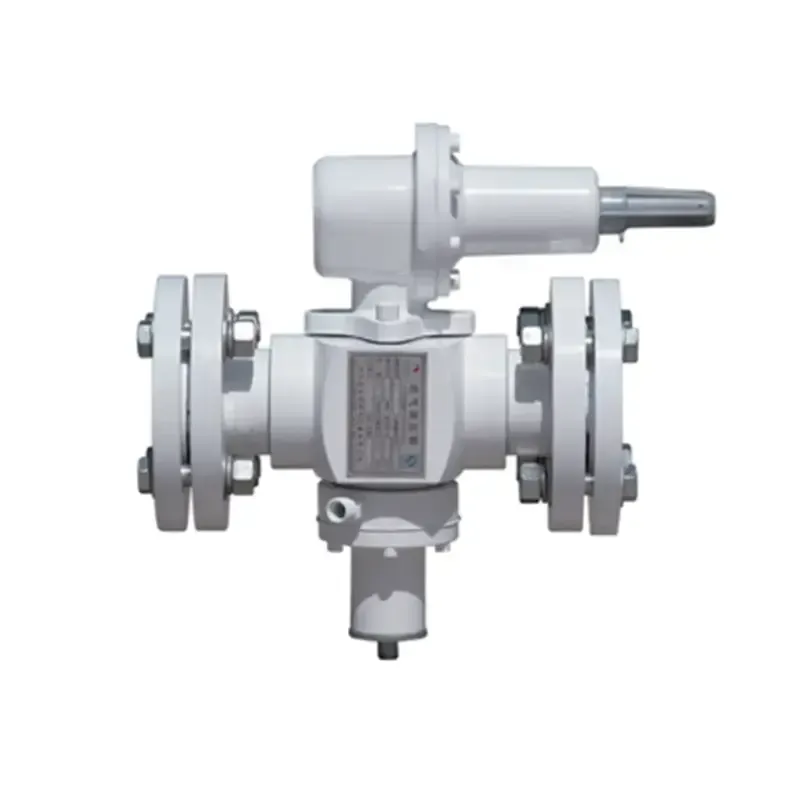
Sep . 22, 2024 07:36
Back to list
gas pressure reducing station
Gas Pressure Reducing Station An Overview
Gas pressure reducing stations (GPRS) play a critical role in ensuring the safe and efficient distribution of natural gas throughout residential, commercial, and industrial areas. These stations are designed to reduce high-pressure gas from pipelines, making it suitable for use in everyday applications. Understanding their operation, components, and importance can shed light on their essential role in the gas supply chain.
At the core of a gas pressure reducing station is the pressure regulation system. High-pressure gas, often measured in thousands of pounds per square inch (psi), is transported through large pipelines from production facilities to local distribution systems. To make this gas usable for consumers, the pressure must be reduced to a much lower range, typically between 4 to 60 psi, depending on the application. The reduction process is carried out using pressure regulator valves, which automatically adjust the flow of gas to maintain a consistent output pressure, regardless of fluctuations in input pressure.
The GPRS consists of several key components. In addition to pressure regulators, these stations often include filters to remove impurities from the gas, safety devices to prevent overpressure situations, and flow measurement instruments to monitor the amount of gas being processed. Advanced stations may also incorporate automated control systems that enhance monitoring and management, optimizing both safety and operational efficiency.
gas pressure reducing station

Safety is paramount in the operation of gas pressure reducing stations. The process of reducing gas pressure involves inherent risks, including the potential for leaks or equipment failure. Therefore, GPRS are equipped with various safety mechanisms such as pressure relief valves, emergency shut-off systems, and alarm systems that alert operators to any irregularities. Regular maintenance and stringent operational protocols are essential to ensure the reliability and safety of these facilities.
The importance of gas pressure reducing stations extends beyond just safety; they are vital for maintaining the quality of service to consumers. By ensuring that gas pressure is consistent and within safe limits, GPRS help prevent issues such as service interruptions or equipment damage in homes and businesses. Furthermore, these stations contribute to the overall efficiency of the natural gas distribution network, enabling effective energy delivery.
In conclusion, gas pressure reducing stations are essential components of the natural gas supply infrastructure. They ensure the reliable, safe, and efficient delivery of gas to consumers, while minimizing risks associated with high-pressure systems. Understanding their operation and importance can help appreciate the complexity and significance of natural gas distribution in modern society.
Next:
Latest news
-
Safety Valve Spring-Loaded Design Overpressure ProtectionNewsJul.25,2025
-
Precision Voltage Regulator AC5 Accuracy Grade PerformanceNewsJul.25,2025
-
Natural Gas Pressure Regulating Skid Industrial Pipeline ApplicationsNewsJul.25,2025
-
Natural Gas Filter Stainless Steel Mesh Element DesignNewsJul.25,2025
-
Gas Pressure Regulator Valve Direct-Acting Spring-Loaded DesignNewsJul.25,2025
-
Decompression Equipment Multi-Stage Heat Exchange System DesignNewsJul.25,2025

